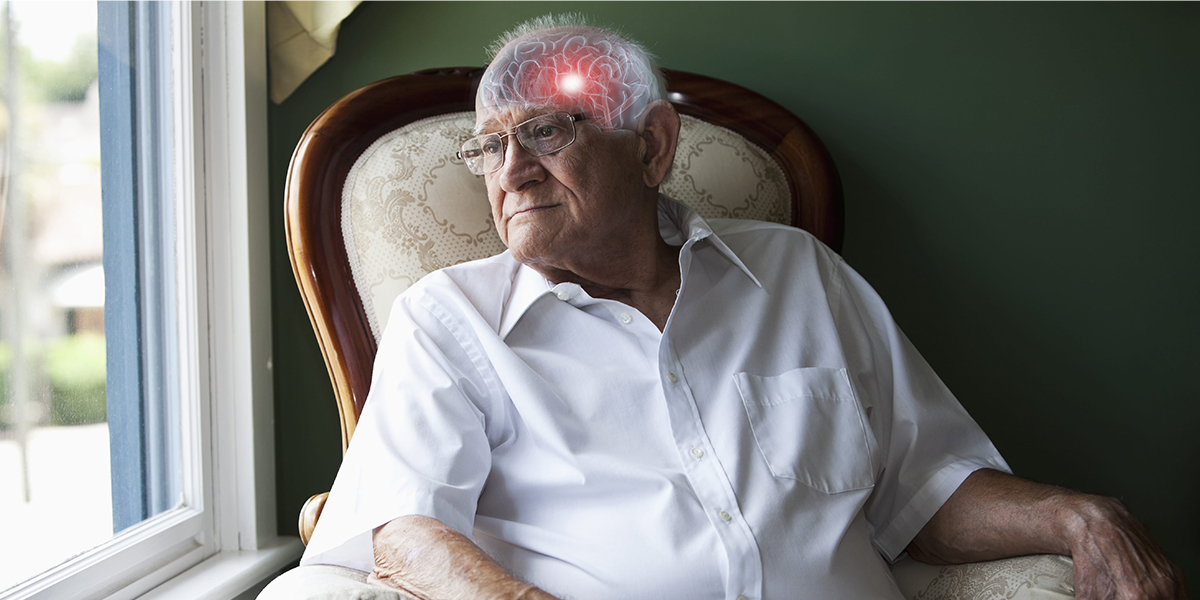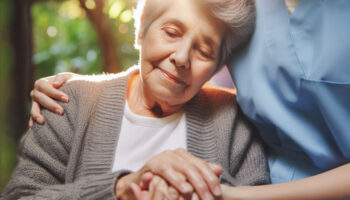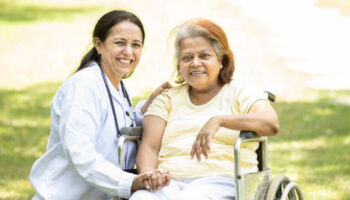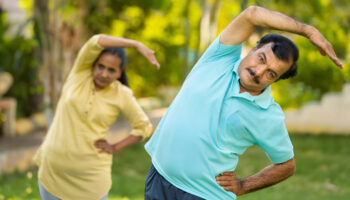Elderly health care services specified that Seizures affect around 10% of all stroke patients from the time of the attack, and stroke is the most prevalent cause of seizures in the elderly Post-stroke is caused by changes in electrical activity inside the brain. But, having a stroke does not mean that you will have a seizure, and having a seizure does not ensure that you have epilepsy.
Causes of Post-stroke seizures :
- A stroke is a neurological damage caused by a clogged or ruptured cerebral artery. When a stroke happens, a part of the brain is deprived of oxygen-rich blood, which can result in tissue injury and other brain abnormalities.
- An unexpected surge of brain electrical activity induces a seizure. When a stroke damages brain tissue, it can impair the passage of electrical activity among nerve cells which results in a seizure.
- Seizures might appear to have an assortment of causes. Changes in consciousness or awareness, cognitive or emotional changes such as perplexity or worry, looking blankly, and involuntary convulsions or jerking motions of the arms and legs are all signs of a seizure.
- Decreased blood flow, Low cerebral metabolic rate for oxygen, Changes in neuron excitability, Increased blood-brain barrier permeability, and Scar tissue formation are changes in the brain that occur after a stroke and may render the brain more vulnerable to seizures.
Risk factors for post-stroke seizures :
- Seizures are more prevalent after a hemorrhagic stroke that caused by a burst in an artery than an ischemic stroke that caused by a blocked artery.
- The larger the area of tissue damage that occurs in the brain, the more serious the stroke. the interruption of the brain’s electrical activity, can increase the probability of having a seizure.
- Seizures are more likely to develop when a stroke affects numerous lobes of the brain rather than one. Seizures seem to be more frequent in those who have had an ischemic stroke in the cerebral cortex or hippocampus. When the middle cerebral artery is involved in a hemorrhagic stroke, the risk of seizures increases.
- A recent study discovered that survivors under the age of 65 are 65% more likely to have post-stroke seizures. While seizures are more prevalent in younger people, stroke is the leading cause of seizures in the elderly.
- It is essential to remember that the start of post-stroke seizures may have nothing to do with the stroke at all. For example, whether or not a stroke has occurred, certain people are genetically susceptible to seizures.
Types of post-stroke seizures :
Seizures are divided into two major types. These two types, known as focal and generalized onset seizures.
- Focal onset seizures – Focal onset seizures, also known as partial seizures, occur in a specific region of the brain. This sort of seizure may cause the sufferer to fall, display muscular twitching, or experience sensory alterations such as altered smell or taste. A person who is having a focal seizure may look bewildered, confused, and unresponsive to questioning.
- Generalized onset seizures – Seizures with generalized onset impact both of the brain’s hemispheres. People suffering from generalized seizures frequently exhibit broader global symptoms such as muscular spasms or flailing, loss of consciousness, vocal noises, rhythmic muscle movements, stiffness, and loss of bladder control.
First Aid for Post-stroke seizures :
Acknowledging how to assist someone who is suffering a seizure following a stroke is essential for their safety and well-being.
- Get them safely to the ground – If the person is sitting or standing, gently transfer them to the floor. This will save them from falling and hurting themselves badly. Check to ensure they’re not too close to the edge of the bed when lying down.
- Do not hold back the person – Stopping someone’s movement during a seizure will not end the seizure. The seizure is occurring in their brain rather than their body. Keeping them tight can only harm them and even yourself.
- Remove nearby objects – When a person cannot regulate their body during a seizure, they are unconscious of their surroundings and are unable to avoid sharp things. Keep them safe by removing anything harmful and eliminating any other items that might damage them, such as glasses or anything around the neck.
- Don’t put anything inside their mouth – During a seizure, people cannot regulate their jaw motions, thus placing something in their mouth is a big choking threat and can inflict severe harm to their mouth.
- Measure seizure duration – If a seizure lasts longer than 5 minutes, call an ambulance immediately.
- Speak softly and comfortingly – Following a seizure, the individual is likely to be perplexed, nervous, and maybe frightened. Console them and assure them that everything will be fine.
For Senior’s Stroke Care, Visit Athulya Assisted Living. Athulya Assisted Living is India’s best retirement community, with world-class senior-focused features and services. There is skilled nursing care and frequent doctor visits.
So no longer need to look for “physiotherapy near me,” because Athulya physicians are always nearby to provide any type of medical treatment in Assisted living.
As a result, Athulya guarantees a secure shelter for older persons. They also offer post-stroke care by providing personalized services for senior adults. For further information, visit Athulya Assisted Living.





